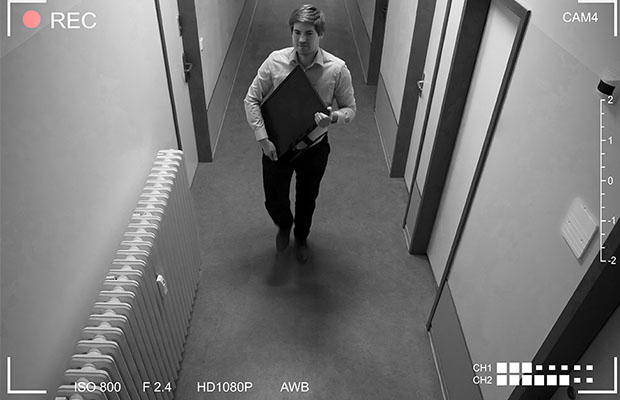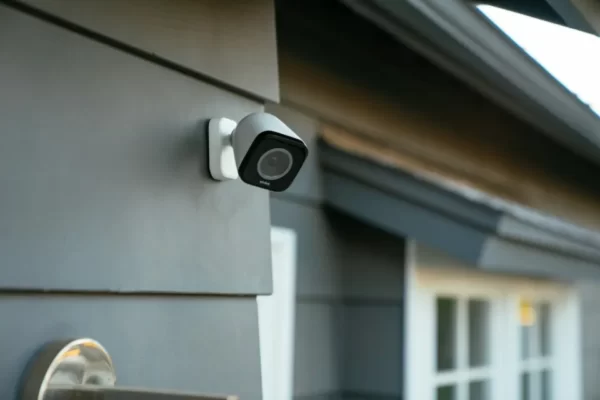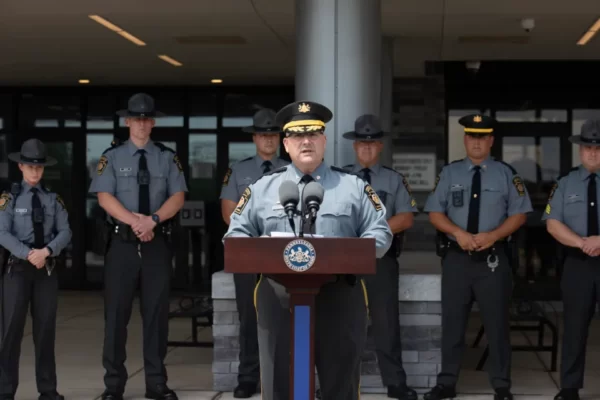The Navy announced that it is watching the video from the cameras and intends to make it available to the public.
In contrast to earlier this week, the U.S. Navy now claims that a security camera was in operation close by when an estimated 1,100 gallons of concentrated firefighting chemicals leaked at Red Hill on Tuesday.
Navy Adm. John Wade said there were no cameras positioned at the leak location and he wasn’t aware of any video footage. The Navy confirmed to Civil Beat after an inquiry on Thursday night that operators later reported having discovered two cameras close to the leak site.
“Initial reporting to (the joint task force) about the existence of cameras was incorrect,” the Navy said.
According to the Navy, one camera was placed outside the door of Adit 6, the entrance to the tunnel where the leak began. According to officials, the leak allegedly happened 40 feet into the tunnel but caused contamination outside the tunnel entrance. Over 100 55-gallon drums of contaminated soil have already been filled by workers, who have also dug up concrete and asphalt.
When the door of Adit 6 is open, the Navy claimed that camera can see about 10 feet into the tunnel.
The Navy reported that a second camera inside the tunnel, 200 feet from the release site, was not working and was not pointing in the direction of the leak.
Aqueous film forming foam, or AFFF, in large quantities was released during the incident. The fire suppressant contains toxic “forever chemicals” called PFAS, which can harm the liver, cause cancer, and result in birth defects, and don’t degrade in the environment.
The leak’s start time and cause are unknown, according to navy officials who stated this on Wednesday. They said the incident was discovered by a “rover,” someone who is assigned to patrol the Red Hill digs tunnels to find problems.
According to the Navy, only the leadership of the joint task force and its public relations team have so far seen the video. Questions about what the video depicts, such as when the AFFF first appears and what it might have captured about the incident response, were not answered by officials.
“The video is currently under review at (Joint Task Force) Red Hill for future release,” the Navy said. “After the video is approved for release, all inquiries regarding its content will be addressed.”
Kaitlin Arita-Chang, a spokeswoman for the Hawaii Department of Health, stated that the department had asked to see the video. But the Navy said it would not release it to DOH “since it is still under review.”
The Navy stated that it planned to make the exterior camera footage available to the public, but the service did not say when. The video will probably be used in an investigation that is being led by an as-yet-unidentified entity.
“(The Red Hill Joint Task Force) will appoint an investigating officer to conduct a thorough investigation into the Red Hill AFFF release in the coming days,” the Navy said.
Requests for documents and video footage related to earlier leaks of fuel at Red Hill have been held up in a legal review process at the Pentagon called “Coordinating litigation involving FOIA.” Even though Civil Beat obtained it elsewhere and published it months ago, a request for video footage of the Red Hill fuel leak in November 2021 that contaminated the drinking water in the Pearl Harbor area hasn’t been met.
The AFFF leak video should be made available as soon as possible, according to Wayne Tanaka, executive director of the Sierra Club of Hawaii.
“We absolutely need to see what’s on there to understand the full extent of what we may be dealing with,” he said. “I’m very concerned about their capacity to clean up the mess because anything they miss will remain there for centuries rather than just years.”
According to the Navy, fuel operations at Red Hill and Joint Base Pearl Harbor Hickam are currently supported by 57 closed-circuit cameras. Thirty-seven of those are situated at Red Hill and are in use. However, according to the Navy, the video feed is not continuously viewed.
“The cameras are not monitored unless needed to support a current operation,” the Navy said. “At the time of the release, no operations were being carried out.”
According to a press release from the Navy, the Hawaii Department of Health approved a plan for the Navy to collect samples of soil and water and test them for PFAS on Thursday. Nine groundwater monitoring wells will be tested as part of the plan for the chemicals.
The Navy is planning to remove about 3,000 cubic feet of soil from the location and is carrying out a technical assessment to figure out how to clean up the chemicals from the concrete inside the Red Hill tunnel.
The Navy has stated that the work should be finished by July 2024 after the health department issued an order requiring it to remove all the fuel from Red Hill, which still contains about 100 million gallons of oil.
However, the most recent incident raises concerns that it will be delayed. As the facility lacks a functional fire suppression system, repairs required to safely defuel are put on hold, according to the Navy. For emergencies, there are federal firefighters on hand.
Related Reading:
Source: CIVIL BEAT





